

The DS Smith Biodiversity Rangers!

With our friend, Corrtle the Box Turtle!

Hello!
My name is XXXX
I work for XXXX [business/organisation]
I live in XXXX
[Include an interesting fact about yourself]

What are we talking about today?

• An overview of our planet


• Biodiversity & food webs
• Threats to biodiversity
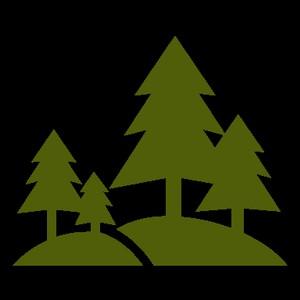
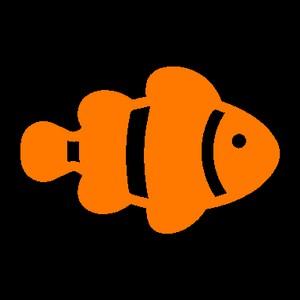
• Boxy’s 5 Do’s and Don’ts of Biodiversity

This is where we live, on the Earth.
On our planet, there are large areas with different weather patterns, soil types, plants, and animals.

Each
of these areas is called a BIOME.
There are five major biomes on Earth, and they are scattered all around the world. Within each biome, there are dozens and dozens more types of ecosystems!

Pair up and list the names of as many woodland plants and animals as you can.


Biome 1 Desert

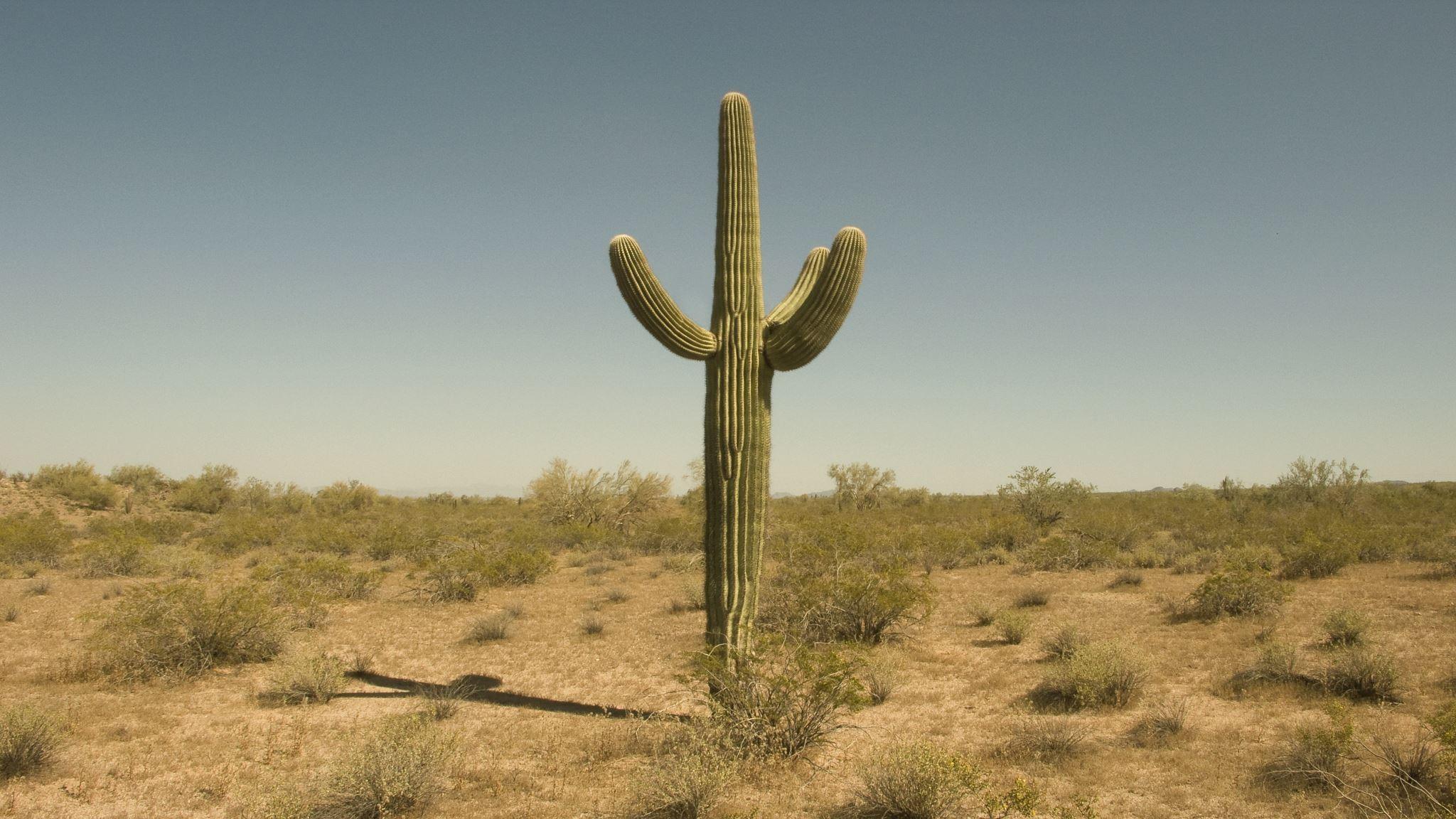
Biome 2 Aquatic


Biome 3 Grassland

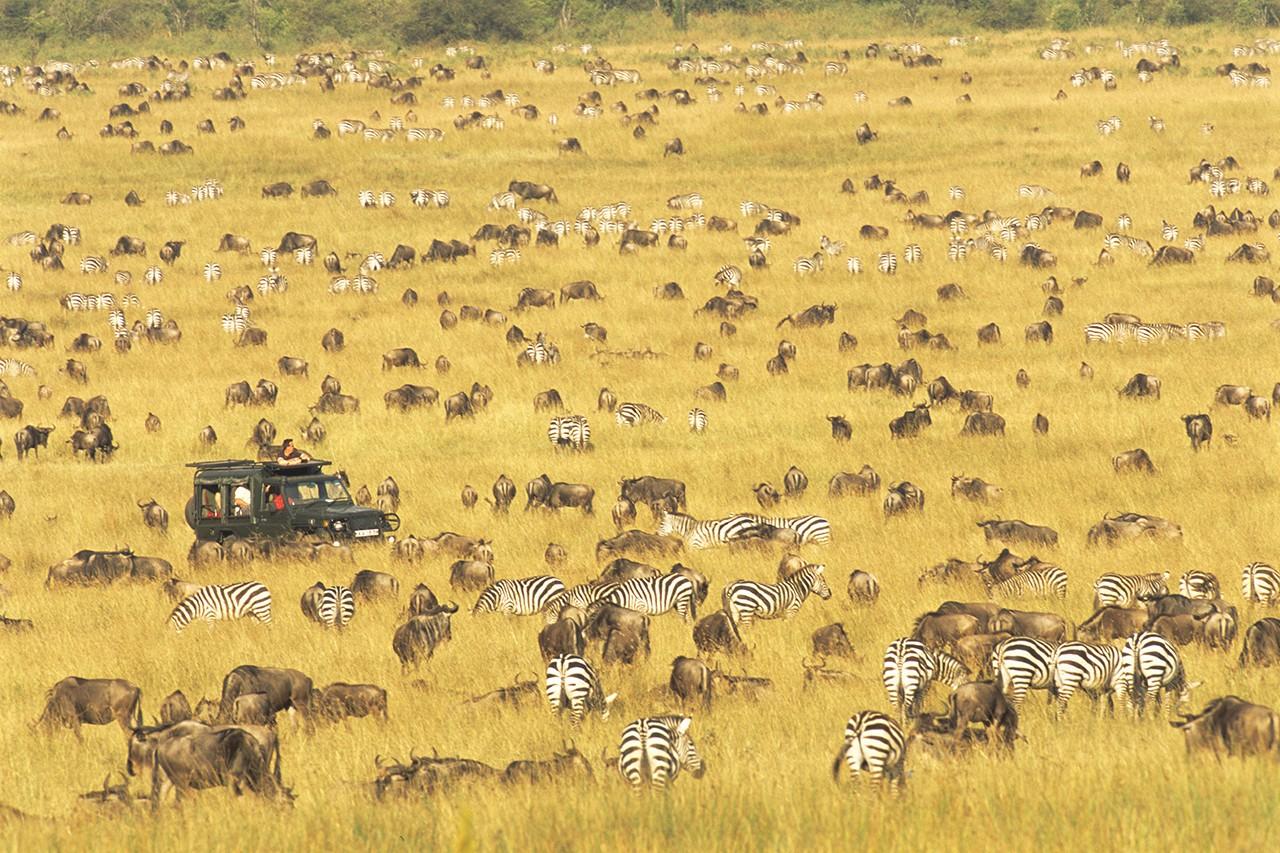
Biome 4

Tundra

Biome 5 Forest


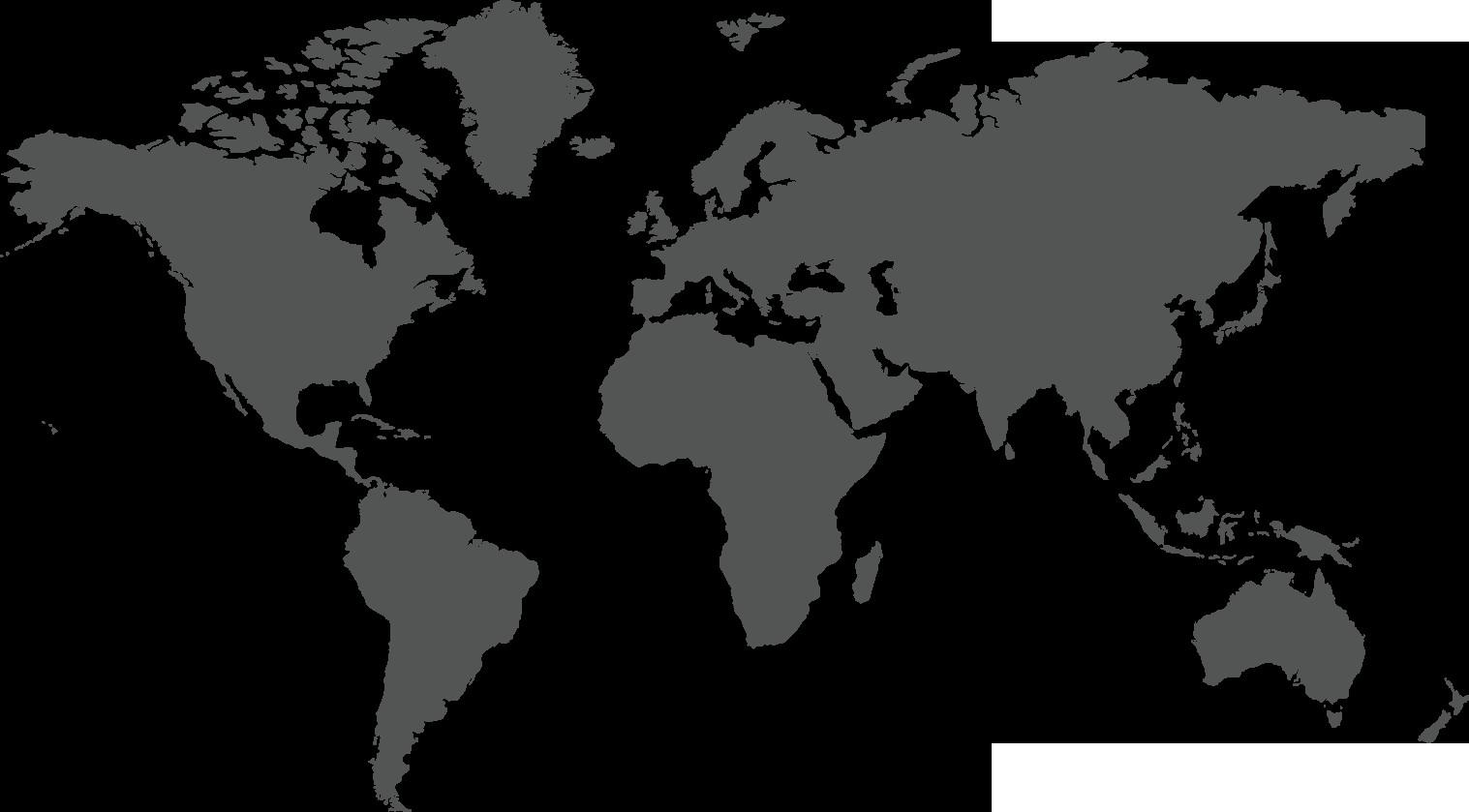
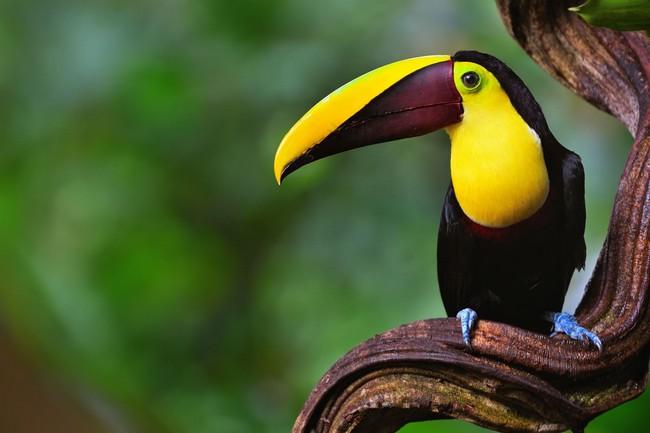
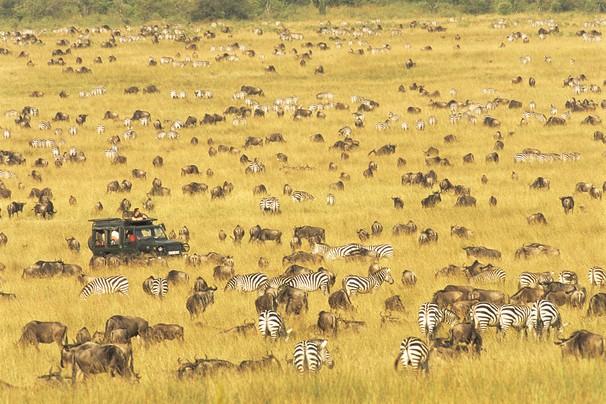


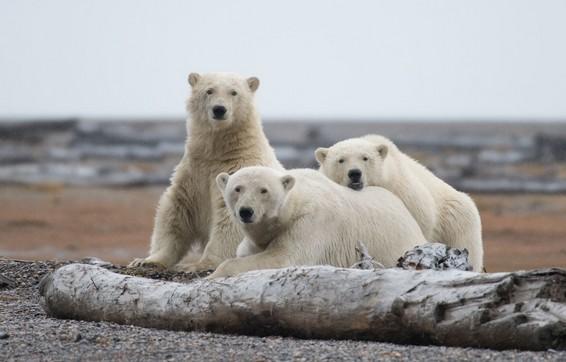
Across all the biomes, can you guess how many different types of plants there are in the world?
Almost 300,000! We’ve only discovered

215,000 of these!
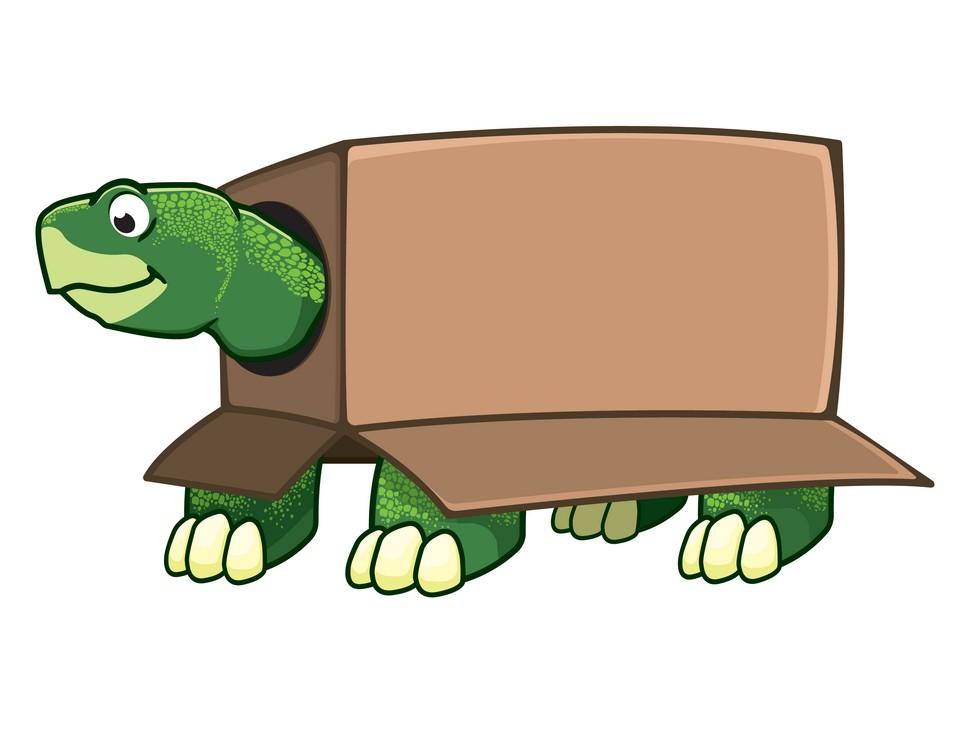
Across all the biomes, can you guess how many different types of animals there are in the world?

More than 7.7 million! We’ve only discovered
950,000 of these.

insects, sponges, and scorpions.
More than half of all animals that have been identified are invertebrates.

The most plentiful species are in the INVERTEBRATE category – critters like
Biodiversity is the enormous variety of life on Earth. More specifically, all the species in one place.
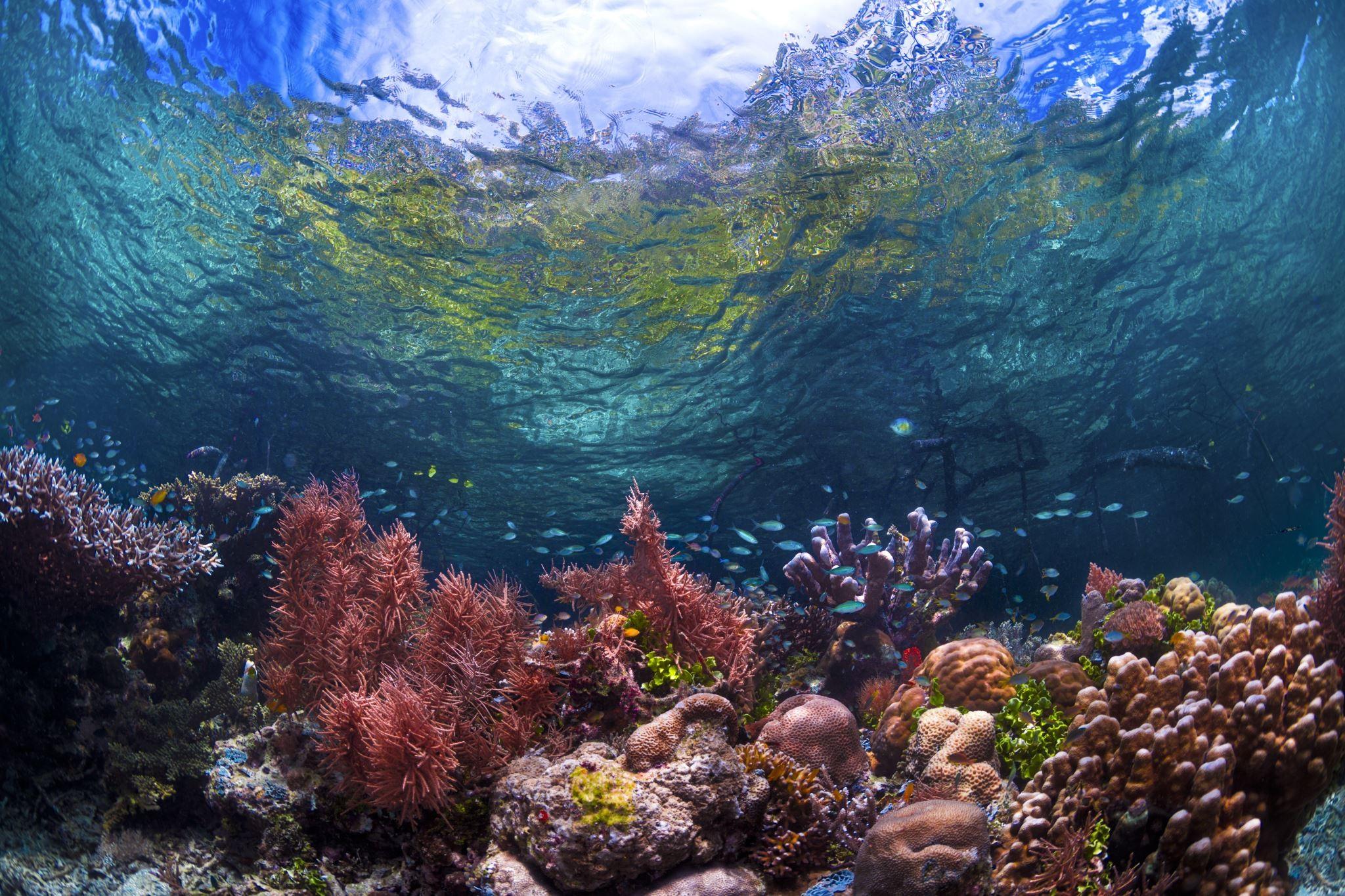
Bio from Biology (the study of living things)
Diversity from Diverse (showing a great deal of difference)
can measure biodiversity on BIG scales, like across the entire planet or in whole biomes.
Or we can look at biodiversity on SMALL scales, like in individual logs or even in our own backyards.
We
Dozens of species of plants, animals, fungi, and microorganisms make up the biodiversity on and around a single fallen log.

Try and name some living things that contribute to the biodiversity in this image!
Ecosystem is a complex, connected community of living things and their environment.
Eco from Ecology (the study of how living things are connected) System (a group of things that work together to form a whole)

If we want to map all the connections between animals in an ecosystem, we can use a FOOD WEB.

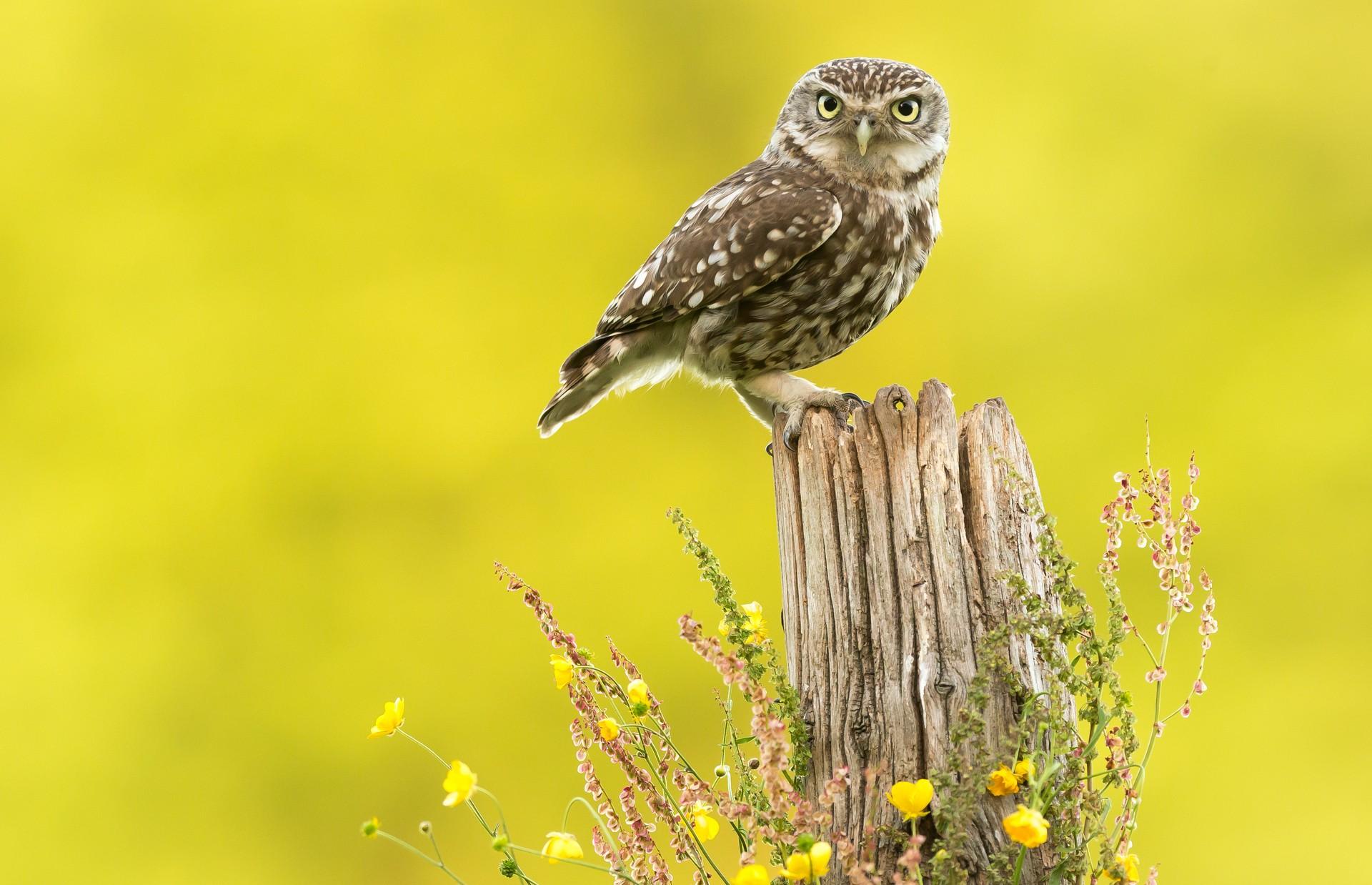
Food webs can help us visualize how organisms are linked. They showcase why biodiversity is SO important.


Let’s think about an underwater ocean ecosystem. What are some living things here?
If we take a shark, a fish, a plant, and the sun and map out which thing provides energy to the other, we have a FOOD WEB.
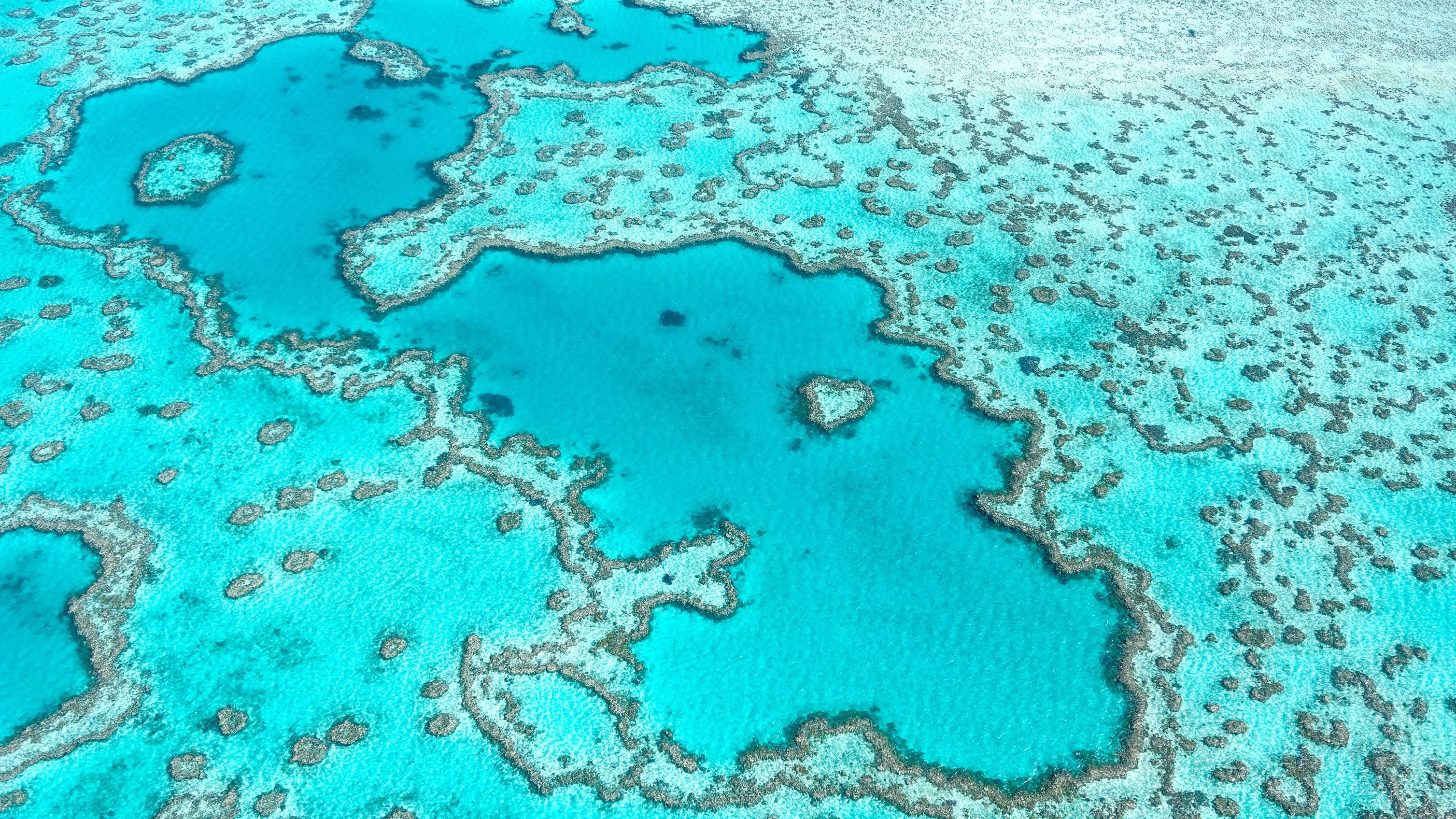
This is a longleaf pine forest
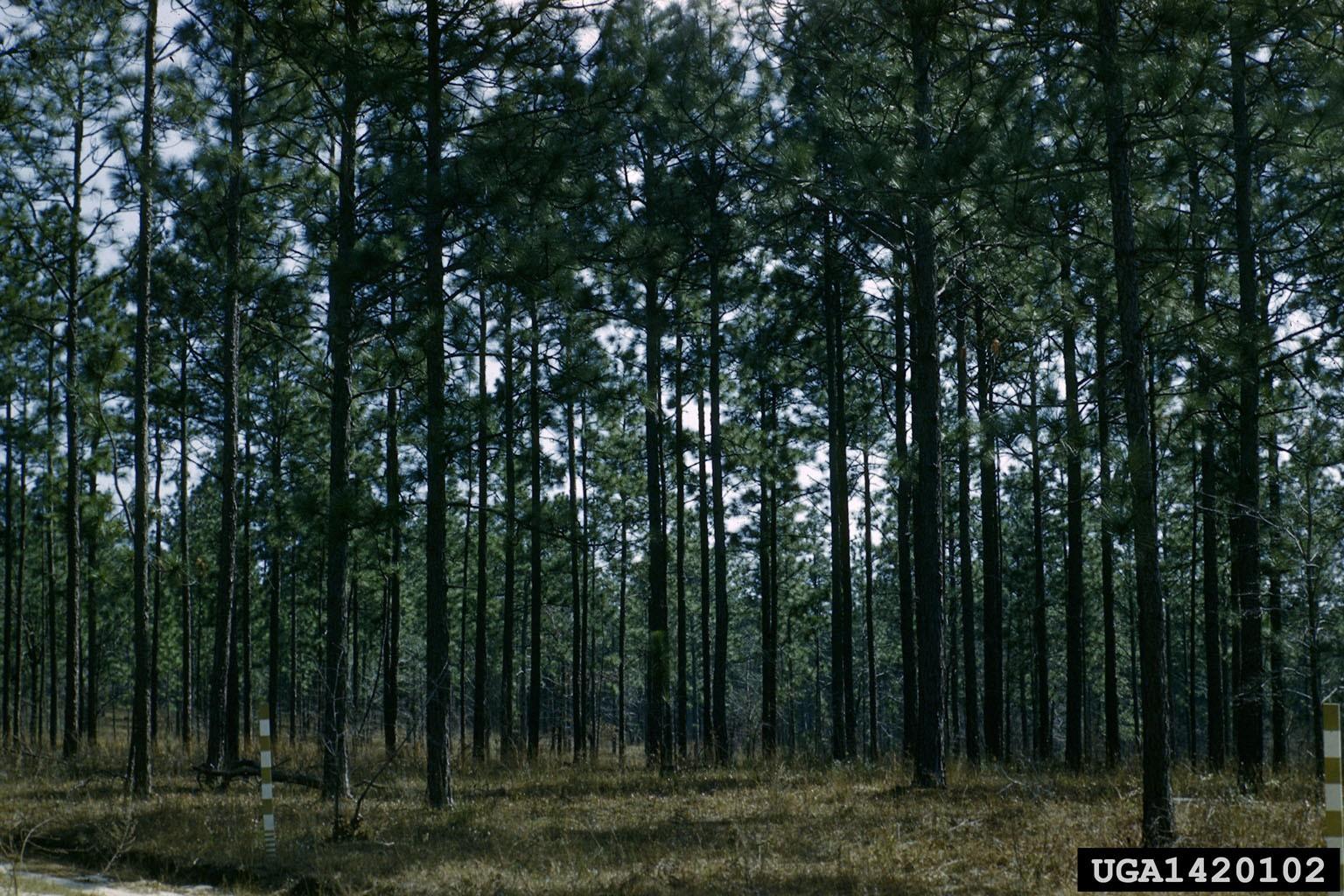
Many paper products and lumber are made from longleaf pines

Our company, DS Smith, owns 17,000 acres of forest where we harvest trees to make paper. Here, we work with scientists to make sure that all of the animals in our forest are safe and healthy!


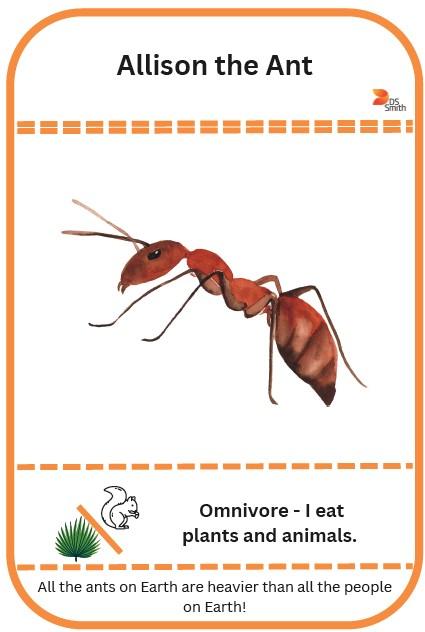
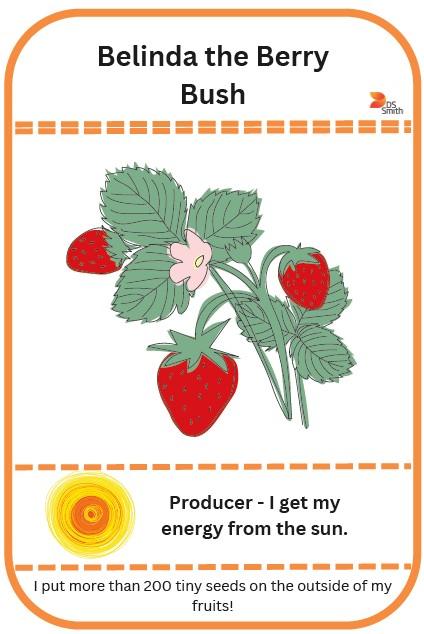

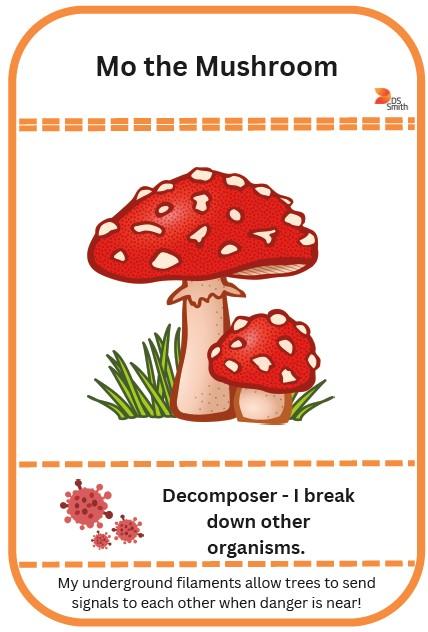
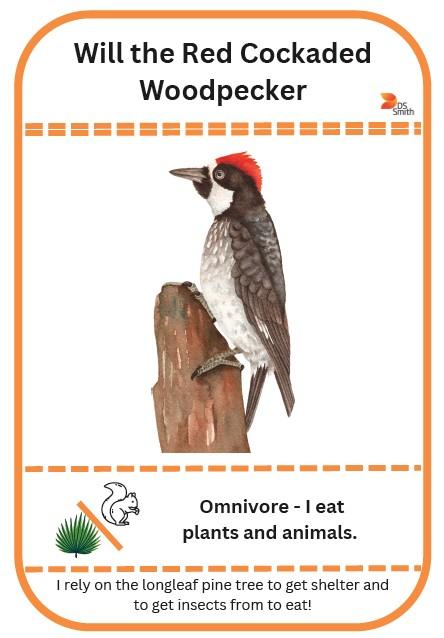
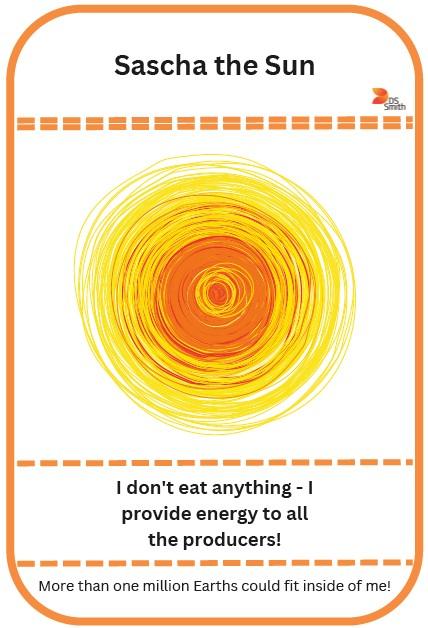






Food Webs Activity Instructions

• Every group should have 12 animal cards from the longleaf pine forest
• You will organize these cards on a poster board and use your markers to draw arrows from an organism to the other organism that eats it! • Your posterboard will be filled with lots and lots of arrows when you’re done.
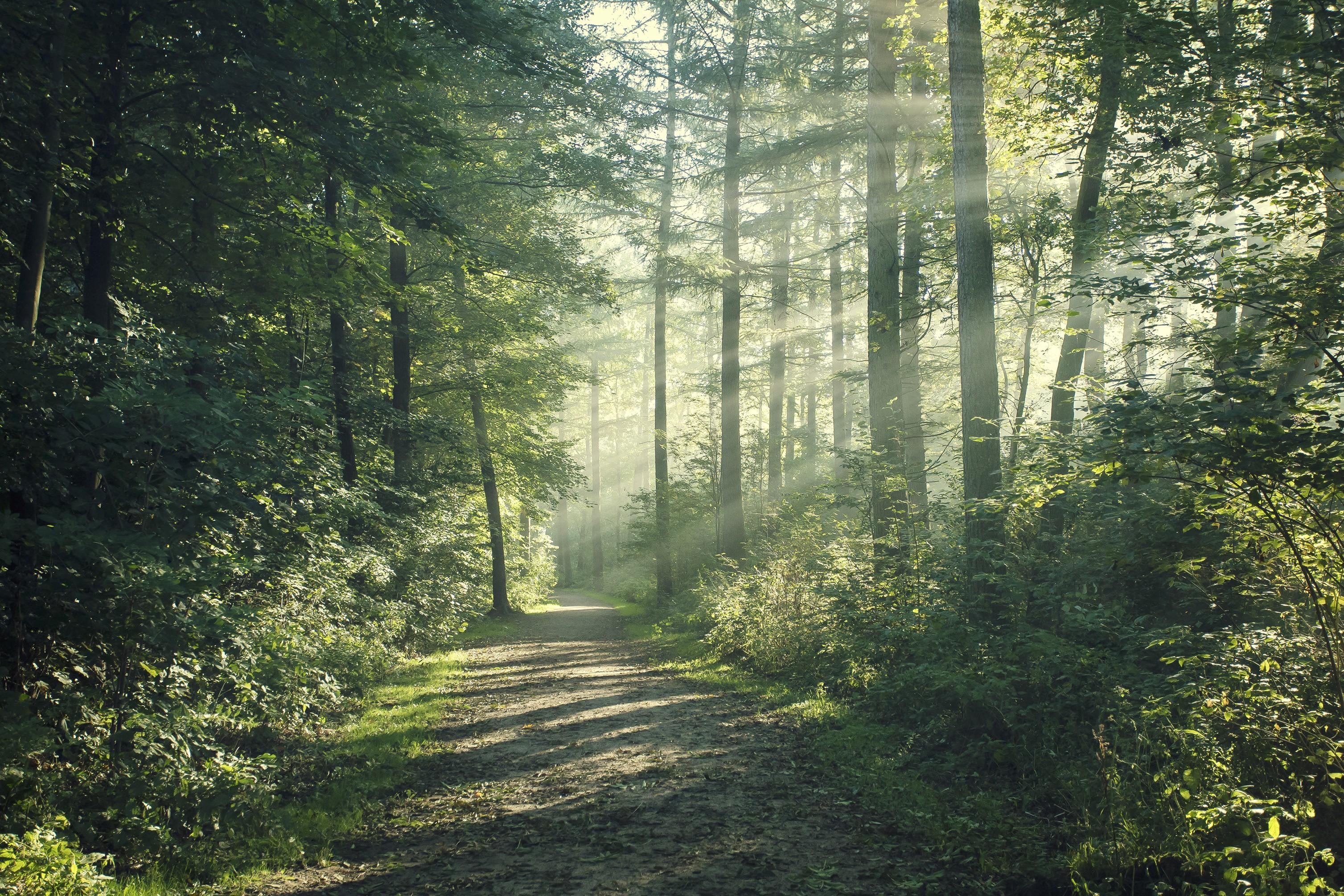
Remove the berries and shrubs from your food web.
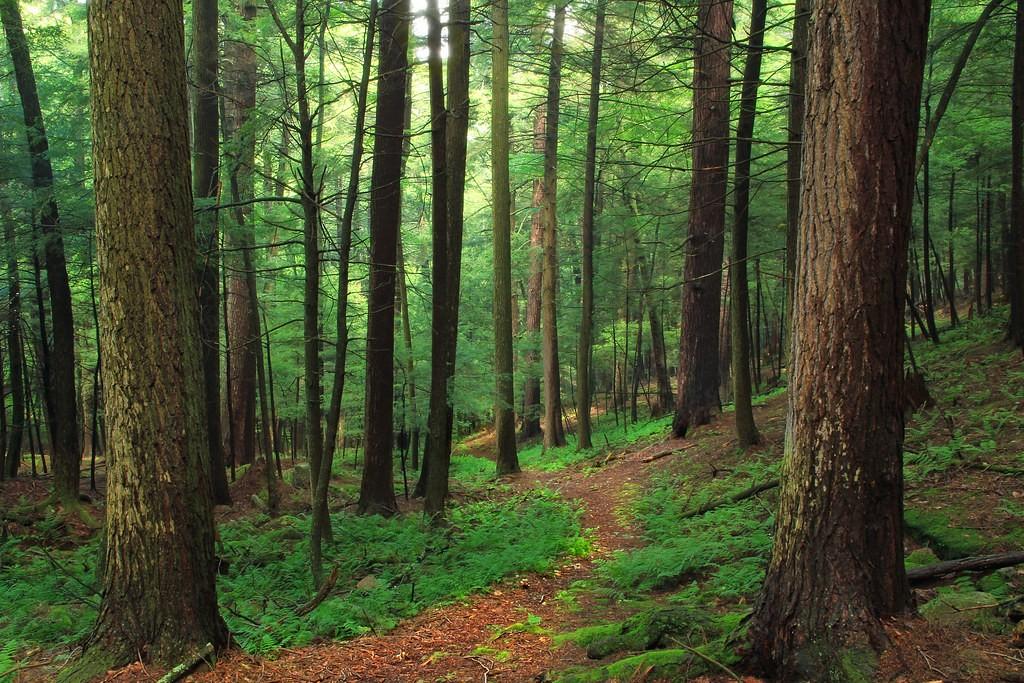
What happens?
Who is affected?
Remove the mountain lion from your food web.

What happens?
Who is affected?
What did we learn from that activity?
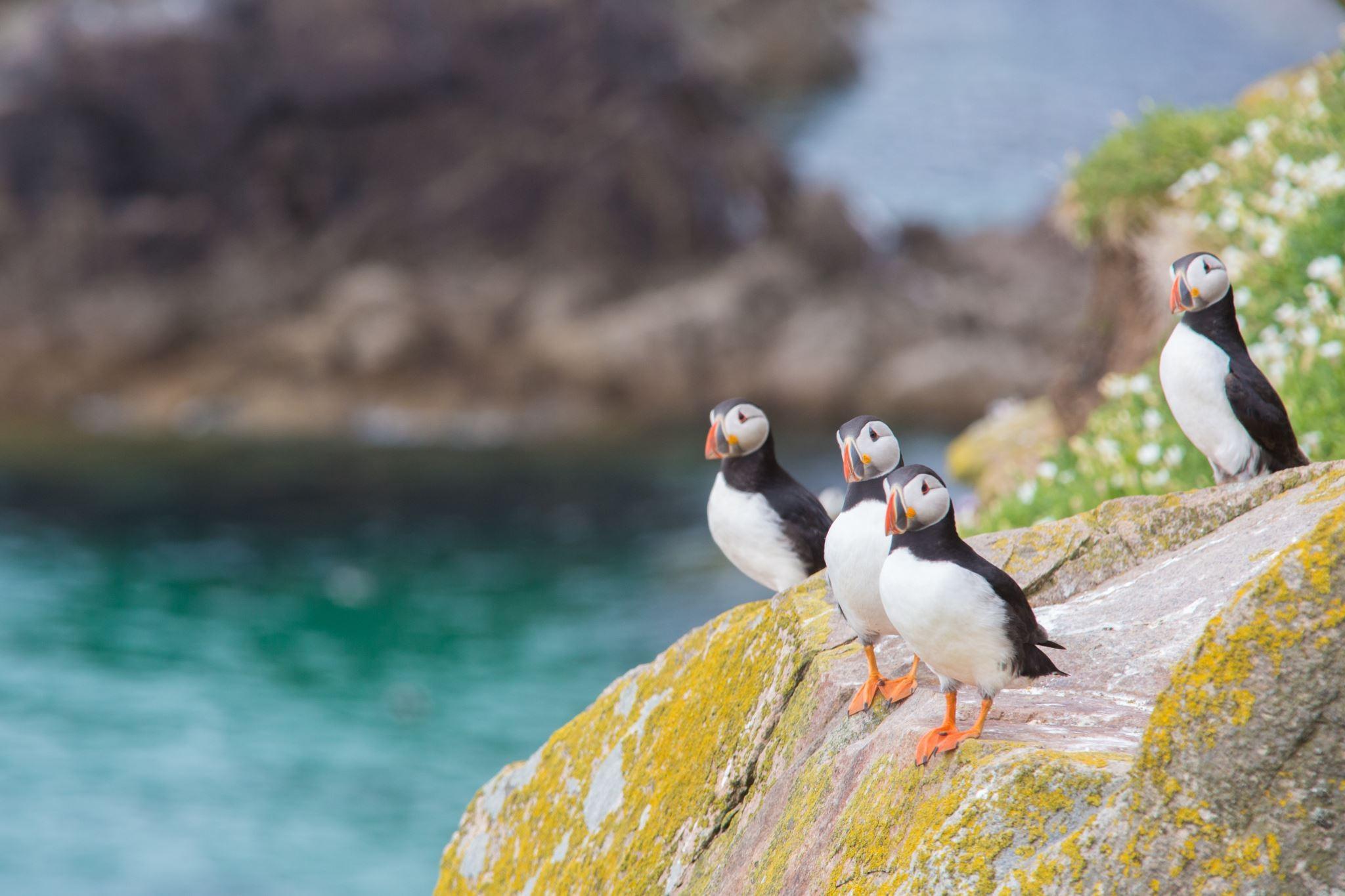
All living things are linked and each organism has its own “job”, which is what makes biodiversity so important!


Plants and animals remain healthier
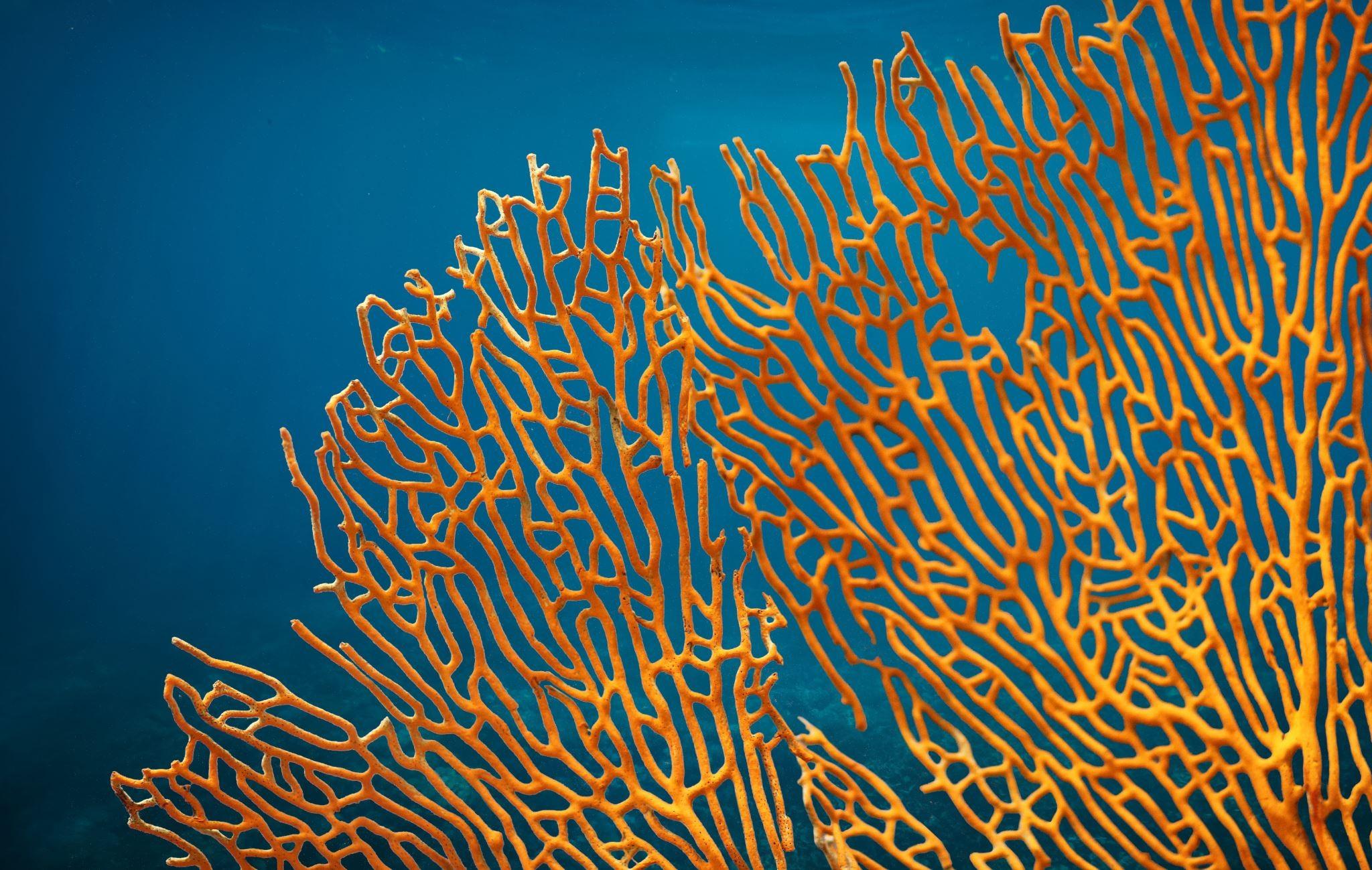
We get access to safe, nutritional, healthy food
We use thousands of plant species to make medicine Industries such as agriculture and paper making are conserved
Loss of habitat and forest
Air, water, and land pollution

Diseases
Some of the biggest threats to biodiversity are:

There are plenty of little things all of us can do to protect biodiversity!
These are Corrtle’s 5 Biodiversity Do’s and Don’ts!
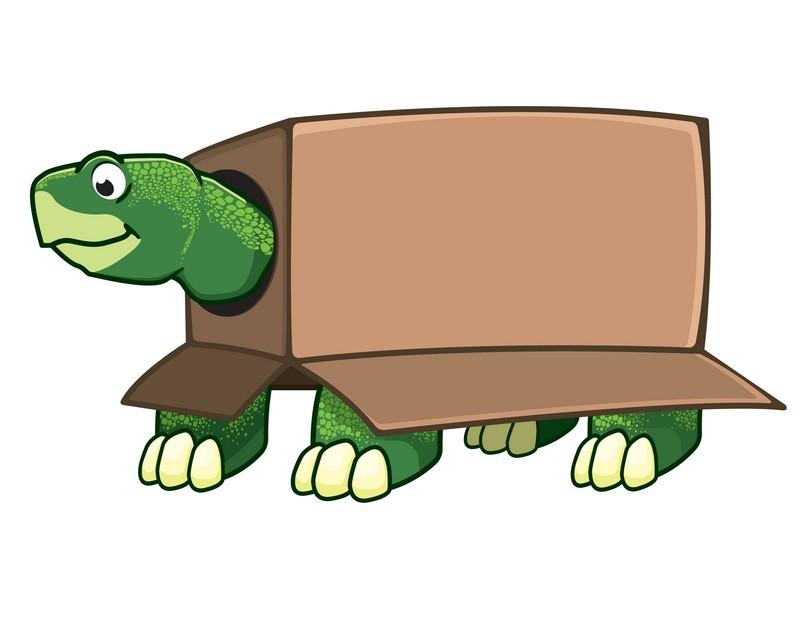

Leave only footprints and take only photos!
Avoid taking things out of nature or leaving behind any trash.

Keep wildlife wild!
Feeding wildlife, even squirrels or birds, can alter their behavior in very dangerous ways.

Shop smart!
Don’t buy things made of teeth, scales, feathers, or shells. Only buy what you need to avoid wasting resources.

Be a friend to all animals!
Some animals may look scary, but they are very important to their habitats. Talk about how important they are, and support all the animals in your community!
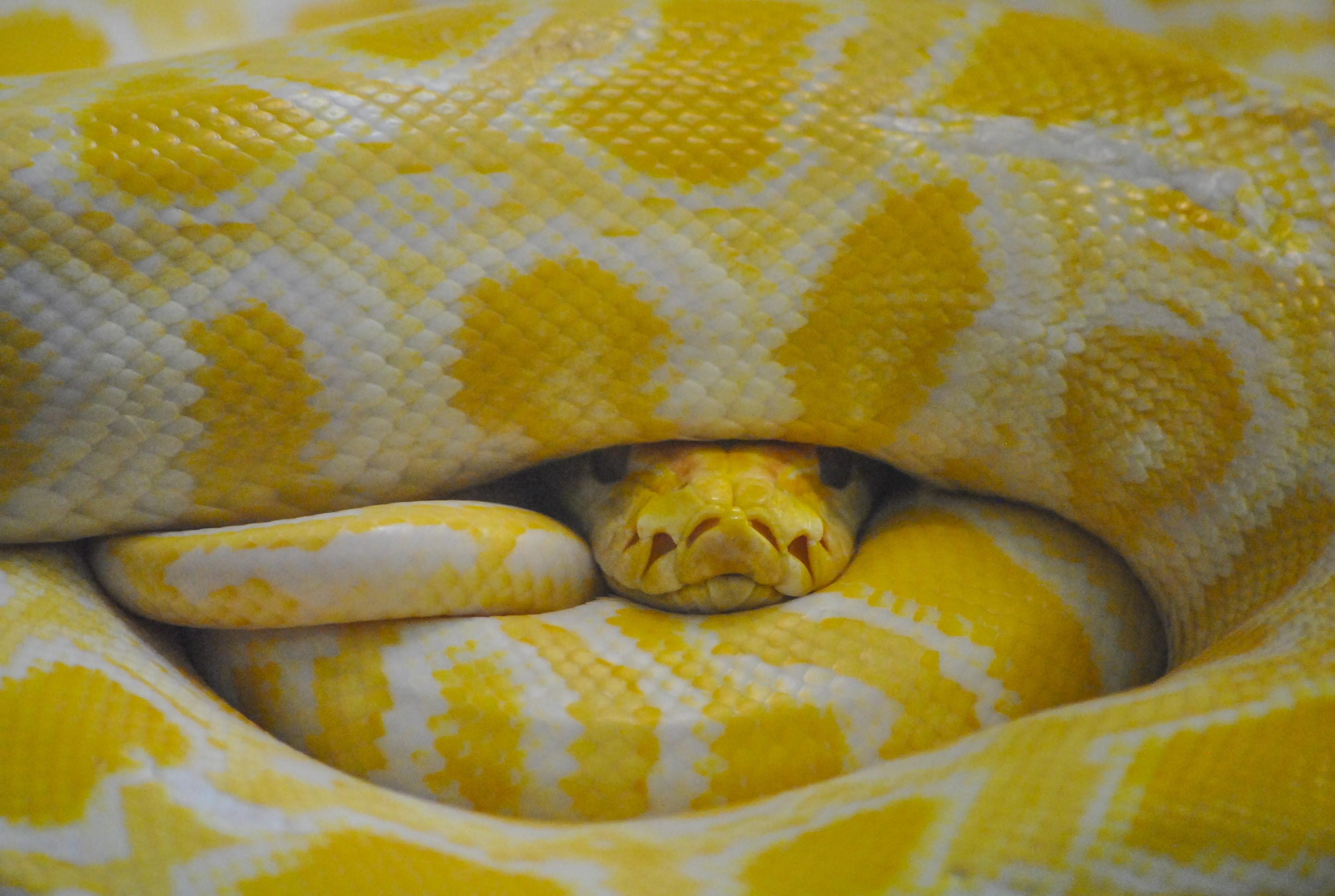
Show

Be a role model.
people what you’ve learned about taking care of nature, inspire them to be like you!
If you promise to be a DS Smith Biodiversity Ranger, sign the pledge, and write down one thing you promise to do to help biodiversity. When you go home, you can plant it outside!




